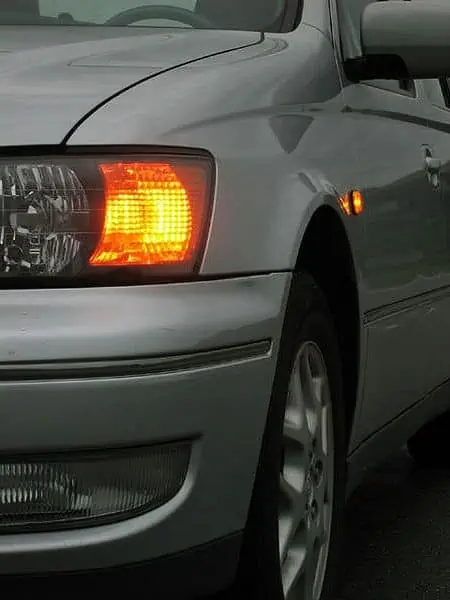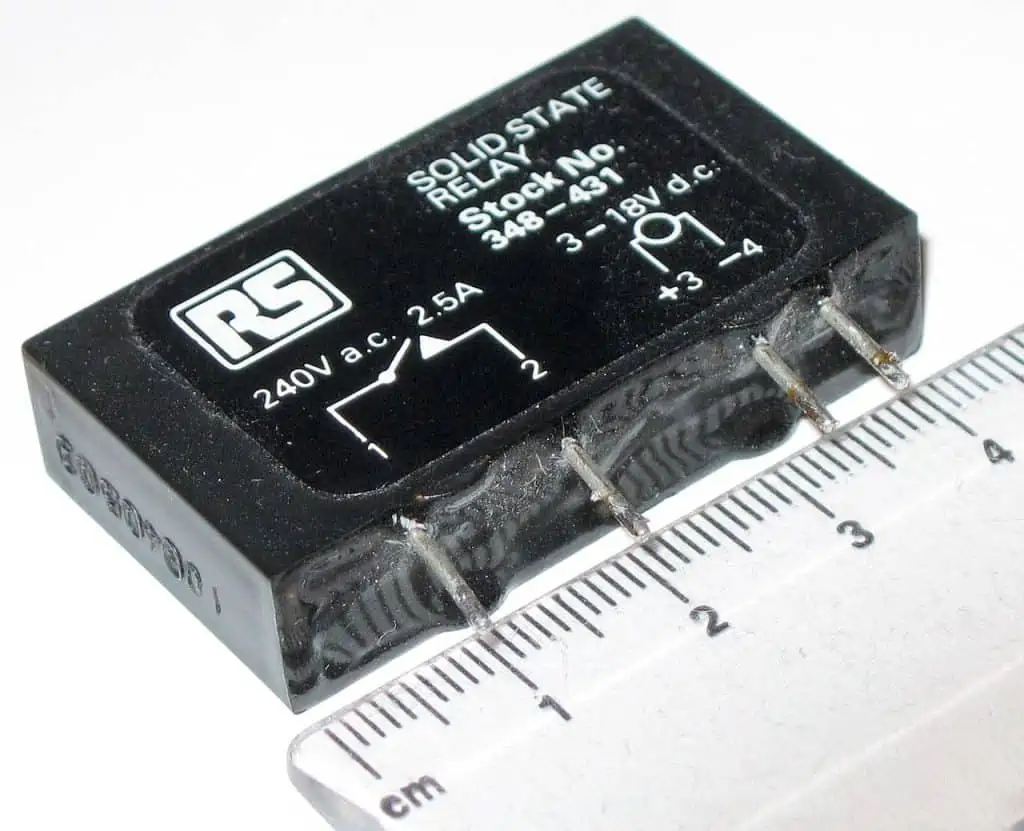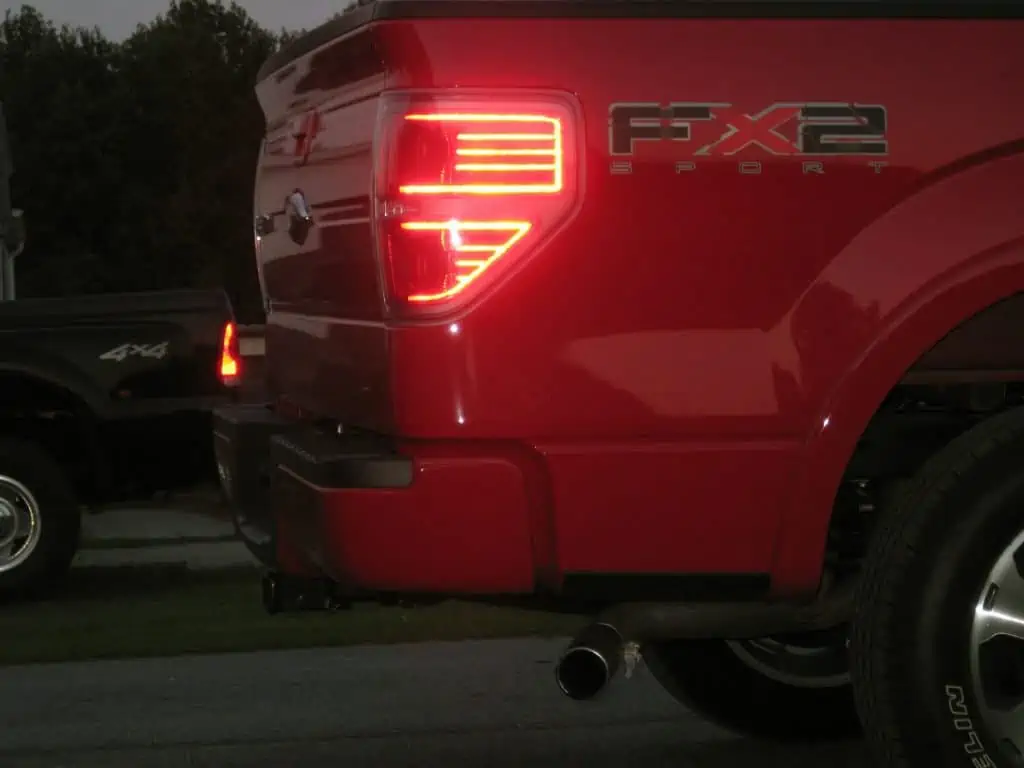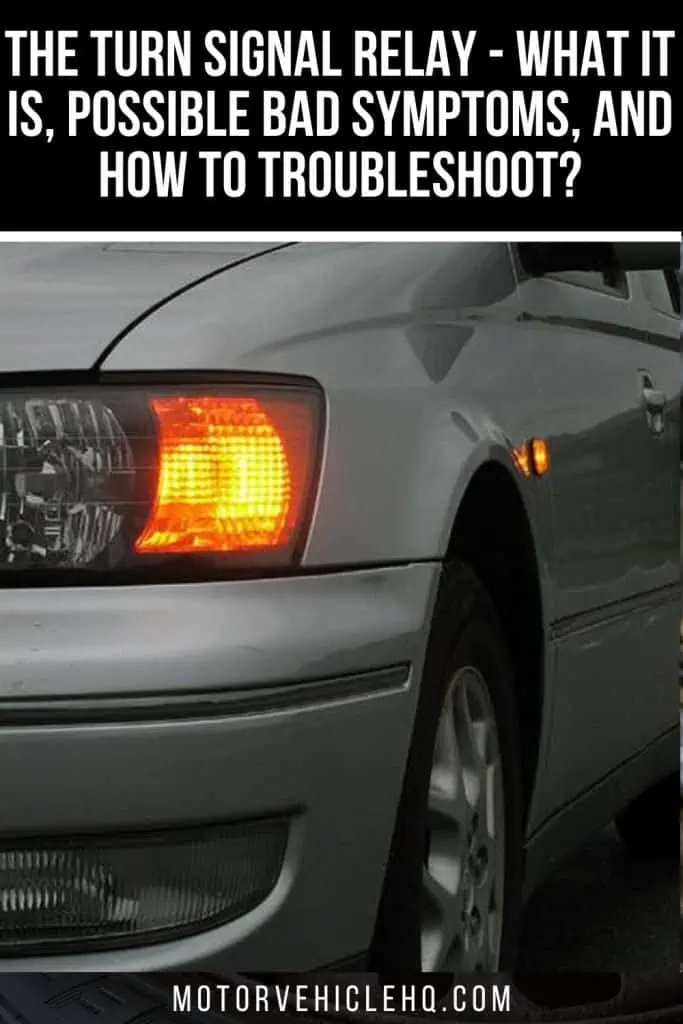A flasher operates the turn signal relay or hazard lights seen in all automobiles. The relay is a frequent name for this flasher. The flasher is only a switch that allows the lights to flash on and off electrically. Depending on the precise model of your car, they are produced in a variety of shapes, sizes, and patterns.
The circuit inside the relay switches on and off as current is provided, which produces the familiar clicking sound we associate with relays. This permits the hazard light or turn signal relay to flash as well.
These are the simplest parts of a car, both in terms of construction and functionality. Flashers are a crucial auto accessory. It makes driving easier and improves communication with other drivers. Without it, both your safety and the safety of other drivers may be in danger. Communication with other drivers on the road won’t be efficient.
It goes without saying that when these parts malfunction, they show particular symptoms, which should be enough of a warning for you to act right away to fix them. A turn signal relay can be troubleshot quite easily.
A poor turn signal relay may display rapid blinking, constant illumination, or no illumination at all. The good news is that this failure frequently identifies either a faulty flasher or a burned-out bulb.
A loose bulb might be indicated when the turn relay signal blinks so quickly. It could need to be replaced if it doesn’t blink at all. The turn signal relay is simple to swap out and doesn’t cost much to fix.
A Turn Signal Relay: What Is It?
A turn signal relay is an electrical device that enables drivers to convey their intentions to other drivers on the road to prevent sudden, unexpected turns that could result in collisions. The driver can alert other drivers in advance of the direction in which the automobile will turn.
The blinking turn signal on motor vehicles by Scheinwerfermann / CC BY-SA 3.0. All autos have a flasher that controls the relay for the turn signals or the hazard lights. This flasher is frequently referred to as the relay. The lights can electrically flash on and off thanks to the flasher, which is just a switch.
The turn signal relay must have access to an electrical power source for it to function properly. The signal relay, apart, is what causes the blinking. A flasher controls turn signal relays. This flasher also goes by the name relay.
This electrical system also includes the flasher. Controlling when the system flashes on and off is helpful. The turn signal relay is available in a variety of sizes, forms, and styles depending on your car.
Which are the Common Turn Signal Relay Types?
The term turn signal relay refers to four different types. From the conventional ones that were frequently used in older models of automobiles to the more sophisticated contemporary versions utilized in modern cars, they come in a variety of styles.
1. The Mechanical Turn Signal Relay
Mechanical turn signal relays are mechanical switches that employ a bimetallic strip of metal and a heater to switch electricity to turn the turn signal light. They are typically seen in older versions of vehicles. For operation, they primarily rely on the heater and the bimetallic strip.
2. The Electronic Turn Signal Relay
They are mostly found in newer car models that lack mechanical signal components. Typically, the flasher measures the amount of electricity going to the bulb in the turn signal relay. A timing mechanism and a transistor turn power on and off to illuminate the signal bulb if the current drawn are within a specified predicted range.
To alert the motorist that the turn signal is on, electronic flashers do make an audible clicking noise that resembles that of older mechanical devices.
3. The Thermal Turn Signal Relay
The mechanical relay signal is improvised in a thermal turn signal relay. When off, the bimetallic strip has a little curvature and houses an electrical contact.
The heater inside the turn signal and the turn signal bulb both receive power when a driver activates this kind of turn signal.
The current that travels to the bulb is insufficient to light them since the heater is a high-resistance wire. The bimetallic strip can be heated with the current flowing through the heater, at which point it changes shape and flattens out.
At this point, the signal bulbs turn on due to a full current flow and physical touch.
Once lighted, the heater is bypassed by the current and turns off. The bimetallic strip cools, as a result, returning to its original curvy form. The clicking sound is brought on by this snapping by the bimetallic strip.
4. The Solid-State Turn Signal Relay
The majority of contemporary autos also contain the solid-state turn signal relay. They make use of digital technology that computer chips are used to activate.
When a solid-state flasher is used to trigger the turn signal relay, the quantity of current generated passes via a solid-state timing chip, activating, interrupting, and resuming flow to the turn signal bulbs using a transistor.
The amount of current supplied by a solid-state flasher used to activate the turn signal relay flows through a solid-state timing chip, activating, interrupting, and resuming flow to the turn signal bulbs using a transistor.
This flashing resembles the thermal flashers’ flashing. To alert the driver that the turn signal relay is in use, they also imitate the sound made by thermal flashers.
How Does a Turn Signal Relay Function In a Car?
To enable the signal lamps to illuminate during a turn, the turn signal needs electricity. An electrical fault in the car won’t have any impact on this system because it is protected by a fuse in the power junction box.
The junction box is the source of the power that travels through the fuse to the turn signal relay bulbs. After that, the flasher unit is connected to the fuse. To communicate your intentions to other drivers, the turn signal relay lights flash in an algebraic pattern when they switch on.
This is accomplished by sending energy pulses rather than a continuous stream of electricity to the turn signal through a flasher or other module that can send energy pulses.
A cam on the steering column catches on the turn signal lever as the driver completes the turn and releases the steering wheel to return to the center position, disabling the turn signals.
The signal must be turned off manually by sliding the signal lever if the cancel cam is damaged, as this prevents the signal from turning off automatically.
Since the turning signal relay is a crucial part of the car and is necessary for its proper operation, you should always try to have it fixed as soon as possible if it starts to show signs of malfunction.
Which are the Common Bad Turn Signal Relay Symptoms In a Car?
The signs of a malfunctioning turn signal relay are among the most crucial things a motorist should be aware of. This will enable you to identify malfunctions with your turn signals at an early stage.
When you begin to experience these symptoms, you will react appropriately by having your car inspected and, if necessary, replacing the malfunctioning turn signal relay. Among the signs to watch out for are;
1. The Turn Signal Relay Does Not Work
A malfunctioning flasher is one of the most typical signs of a bad turn signal relay. Anytime you touch the hazard light indicator, the lights won’t be able to operate fully if the flasher is faulty.
Unusually, there is no connection at all between this issue and the engine. This means that its fault cannot have an impact on how the engine runs.
Driving with a broken turning signal relay can still be extremely dangerous even though it does not influence your engine. This is primarily because other drivers won’t be able to determine your intentions, which may result in collisions that result in tragic accidents. If your turn signals are blinking so quickly, a blown bulb can be the cause.
It is simple and inexpensive to replace the bulb. If the flasher is defective, it needs to be replaced right away.
Always check the flasher relays for turn signals or hazard lights before replacing your turn signal relay because, in most cases, they are installed independently on some vehicle types. A new turn signal switch would be the first thing to buy.
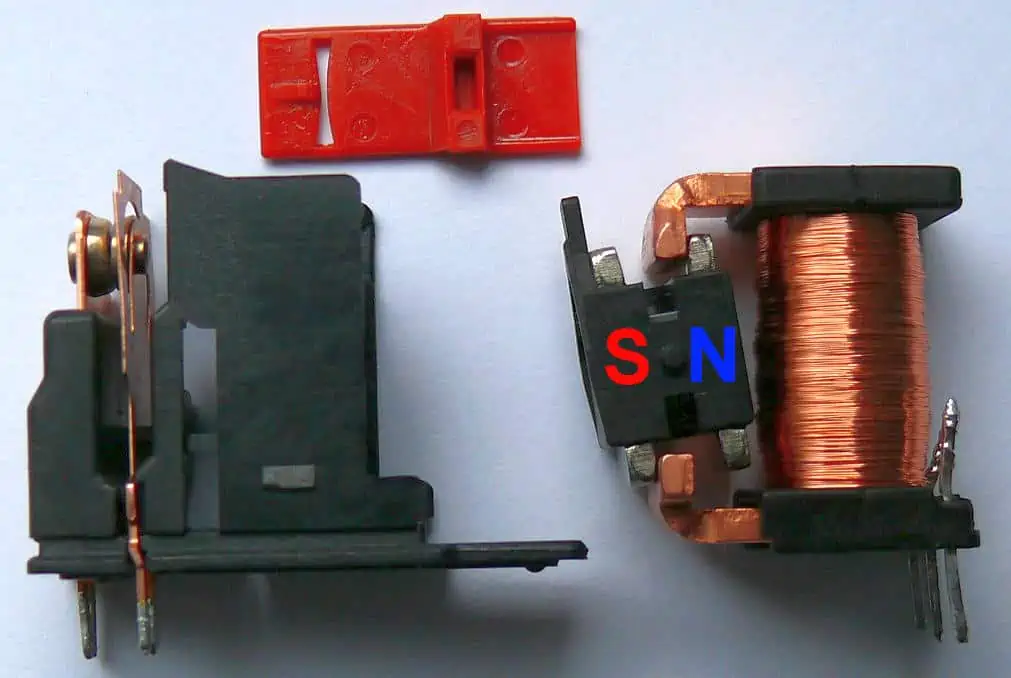
You can try to locate the relay cluster. The majority of car owners’ manuals include a list of specific models that can be used to assist you to get a new one. One crucial point is that there is just one technique available for inserting the relays. Therefore, if you decide to do it yourself, installing it correctly won’t be too tough.
2. The Turn Signal Relay Remains On
Your turn signals may occasionally remain on all the time rather than flashing on and off. The most likely cause of this is a malfunction with your turn signal relay if it occurs. The lights are on, but they don’t flash.
This raises the possibility that other drivers will misinterpret your intentions. They won’t be able to tell if you’re turning left or right.
Due to the potential for fatal traffic collisions, this can be risky. Electrical issues with your turn signal relay are frequently the cause of your turn signal relay not working.
3. Additional Lights are Inoperative
Another typical sign of a bad turn signal relay is when other lights start to malfunction. Your headlights, brake lights, or even running lights may occasionally start to act up.
This is due to a relationship that exists between these lights and the turning signal relay lights.
To identify the main cause of the issue when your other lights cease working, check your turn signal lights first.
Vehicle batteries, fuses, transformers, converters, and even capacitors may be shared by these lights. Therefore, it is likely that the turn signal relay lights will be affected when other lights experience problems.
4. Issues with the Switch and the Dash Indicator
One of the causes of the turn signal relay malfunctioning is a bad switch. It is crucial to inspect parking lights, which often employ turn signal light bulbs.
When you flip the switch if the parking and danger lights turn on but that side does not light up, the problem is most likely due to a faulty circuit.
Modern automobiles frequently include turn signals built into the housing of the brake lights, which act as turn signals. It is possible to install these bulbs backward in some of these vehicles, which may result in a circuit failure with the lights and dashboard indications.
5. Flashing Too Slow or Too Fast
The flasher is to blame when either of the four turn signal relay lights flashes too quickly or too slowly. If it only affects one side, the bulbs can be the cause of the issue.
The power flowing through the flasher and how rapidly it heats up are both governed by the bulbs. High-wattage lights demand more current, which causes the flasher strip to heat up and cycle more quickly.
NOTE: It is advised to always check your turn signal relay indicators to make sure they are fully functional before driving. Some problems may only require straightforward remedies, but you must first identify the underlying source of the issue. You can look for anything that is not in its proper place or any potential system disconnections.
Before driving your automobile on the road, you should replace the relay signal if it is entirely damaged.
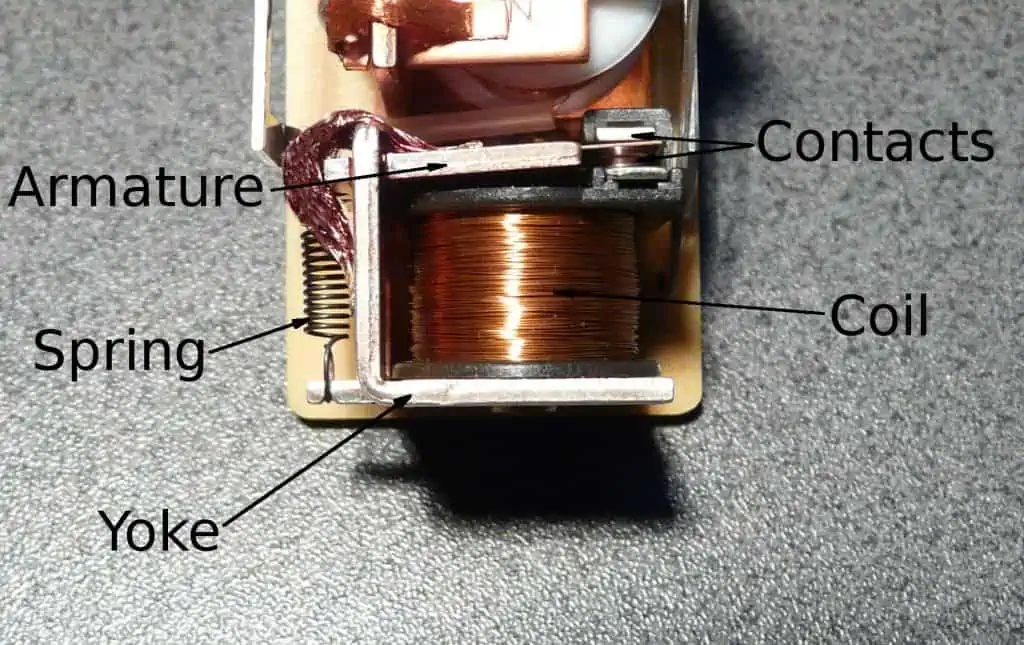
Some of these adjustments are so straightforward that you can complete them yourself using the owner’s manual, but if you lack any fundamental abilities, you can hire a mechanic to assist you in resolving the issue. This will be more affordable.
How Can I Diagnose a Bad Turn Signal Relay In My Car?
Due to wear and tear, the turn signal relay lights will always occasionally stop working. This is mostly the cause of why they might quit working. The malfunctioning turn signal relay could be used to identify the causes of the failure.
You must inspect the entire electrical system to determine whether the signal relay may be the primary cause of this issue. You might need to look for any disconnected, cracked, or broken parts.
The turn signal relay could fail for a variety of reasons, the main one being an electrical system problem. Before moving on to inspect the other parts of the turn signal relay, the electrical system’s problem must be rectified first.
If a fuse blows, a new one needs to be installed. The turn signal relay may not operate as intended if there is an electrical system issue. In severe circumstances, it may even result in a total failure of the turn signal relay.
The Troubleshooting Tips
You will need to move on to the following step if you replace your turn signal relay with a new one but the issue is still present. This would include running further tests to diagnose your car. This will primarily aid in identifying the problem’s underlying causes.
This process can be extremely irritating at times, especially if you exhaust all of your options and still can’t seem to address the issue. The further steps you can take to troubleshoot your car are listed below.
1. Verify the Connection
When you still experience problems with the turn signal relay even after replacing them with new ones, one of the finest things you can do is to thoroughly check all the electrical connections. Start by looking at the turn signal housing located at the rear of your turn signal.
Additionally, you can inspect the various plugs that attach your turn signal to the electrical system. Resetting them back by unplugging them and then plugging them in can help.
If they have been loose, this might also help to verify that they are plugged in properly. You won’t have any choice but to replace the worn-out plug connections with new ones.
Your turn signals will resume functioning with the help of the following. It might be an easy but important solution to the issue. The turn signal relay is such a delicate device that even the tiniest plug loosening can cause the system to malfunction.
2. Evaluate the Random Fuses
Inspecting the fuses is the next stage in turn signal relay troubleshooting, which you should do whenever you replace the turn signal relay. It’s possible that you need to locate a fuse that has blown within the electrical system.
Red turn signal relay on Mercedes Benz by Glide08 / CC BY-SA 4.0. The turn signal relay lights will always occasionally stop working due to wear and tear. The main reason why they can stop working is due to this. You may utilize the broken turn signal relay to figure out what went wrong.
The failure of the turn signal is due to a blown fuse. The fact that various parts of the vehicle are connected in some way means that a defective circuit serving one system in your automobile could eventually impact the electrical system of the turn signals as well. The turn signals cannot function unless the entire electrical system is in excellent working order.
The system will eventually malfunction if any of the circuits are cracked, broken, unplugged, or become loose. To determine whether a minor issue might be to blame for the failure of the turn signals, it is required to inspect all electrical cords.
3. Check for Poor Grounds
The last thing you can do is look for any signs of a faulty ground connection. The failure of the turn signals could be the result of some faulty wiring in the electrical system. The wiring for the turn signal lights is typically protected by brown and black rubber material in the majority of vehicles.
As a result, the wires in the electrical system are simple to identify. You can look over these connections to determine if there might be a problem with them. Make sure the wires are properly attached to the terminals and that none have come loose.
Fixing the turn signal issues will also be greatly aided by making sure the wires are connected in properly. Check to see that the wires that need to be screwed are properly screwed. To make sure the grounds are functioning properly, you can try to loosen and then tighten the screws once more.
The Flasher Relay Testing Guide
In modern cars or trucks, emergency flashers are crucial safety elements. A flasher relay is a plug-in electrical component that manages flashers, often known as warning lights.
There’s a significant likelihood the relay is failing if your flashers start to blink quickly or erratically; you should test it. It will take you around 15 minutes to test the flasher relay, which is a simple process.
Step 1
You can get to the junction box where the flasher relay is by opening it. The brand and model of your car will determine where the junction box is that houses the flasher relay.
It may be found in some models’ engine compartments close to the battery. On some versions, it is situated inside or next to the steering column. To find it, look in your owner’s manual, then pry open the junction box.
Step 2
Start the engine of your car or truck.
Step 3
Connect the test probe’s clip to any reliable ground. Utilizing the test light, inspect the primary wire leaving the relay. The relay is operating if the bulb illuminates.
Step 4
Find the relay’s control and power terminals by removing them.
The turn signal relay on a pickup truck by Scheinwerfermann / CC BY-SA 3.0. One of the best things you can do is carefully inspect all the electrical connections if you still have turn signal relay issues after replacing them with new ones. Start by examining the turn signal housing, which is found behind the turn signal.
Step 5
Switch to the ohms setting on your multimeter and turn it on. The test wires for the meter should be crossed across the power and control terminals. Nothing should be continuous. Replace the relay if it shows continuity.
Replacing a Defective Turn Signal Relay
You must make plans to get the issue rectified as soon as feasible after identifying the main reason for the turn signal relay failure. Failure to do so and continued use of your vehicle on the road could ultimately result in tragic collisions.
By letting them know whether you’re going to make a left or right turn, the signal relay enables you to communicate with other drivers on the road. Knowing when to pass you safely benefits other drivers as well.
Some automotive parts have a relationship, as we have previously said. Ignoring a turn signal issue could gradually spread to other components, necessitating highly costly repairs.
Your car won’t be healthy if you let the issue linger for a very long time. It might start other, more serious issues that would need a lot of money to repair.
The possibilities for fixing and replacing your turn signal relay are, however, somewhat restricted. Among these choices are;
Replacement of the Turn Signal Relay Components Yourself
You must first take into account how well-versed you are in this field before choosing this course of action. It’s crucial to have the knowledge and assurance needed to fix your turn signals on your own.
- You must first get a new signal relay from an auto shop in your area. Make sure the one you buy matches the one that is currently on your automobile. This enables you to install the proper component, ensuring that your turn signal signals start functioning once more.
- Finding the location of the relay cluster will come next. Here, several electrical parts come together. You can always consult the owner’s manual if you aren’t sure where something is. You can use it to find the cluster’s location.
- There is just one method to remedy this, therefore there is very little room for error in the final stage, which is to remove the old turn signal and replace it with a new one.
Despite the simplicity of the technique, you still need to feel confident in your skills to avoid harming the system’s other parts.
Taking the Vehicle to an Authorized Mechanic
You can avoid the headaches of trial and error by having your car examined by a trained mechanic. Because of their expertise and access to the necessary equipment, they can quickly identify the precise issue.
This choice is worthwhile even though it can require a lot of funds. A mechanic may spot other underlying problems and diagnose them quickly. Everything will be fixed for you by the mechanic.
The rear turn signal relay by HyperbolicSheet / CC BY-SA 3.0. The task of fixing the turn signal relay is not very difficult. If you have the required tools and abilities, you can finish the task on your own. However, if you don’t have confidence in your abilities, you can choose to hire a qualified mechanic.
Therefore, you are spared from reading through your owner’s manual or doing some part removal on your own. Despite the hefty expense, hiring a professional to work on your car is the best course of action.
How Much Does the Turn Signal Relay Replacement Cost?
The fact that replacing a turn signal relay is often not an expensive part to do should give you some comfort if you discover that your car does require one.
You should budget $60 to $120 if you take it to a qualified mechanic, with parts accounting for a sizable chunk of that expense.
Because of this, even if you’re willing and able to change the relay yourself, you’ll still have to pay between $30 and $60 for parts. However, you can save some money by doing it yourself since the relay is a simpler part to replace.
Even though you can frequently buy $15 third-party flasher relays on Amazon and eBay, it’s preferable to spend a little more to ensure you have the right OEM replacement.
On high-end vehicles, the cost to replace a turn signal relay can range from $91 to $229. It depends on the kind of car you drive and the mechanic shop where you get your car fixed.
Where Can You Find the Turn Signal Relay In a Car?
Your turn signal relay can usually be found within the junction box or the fuse box with the other relays, depending on the sort of car you drive.
Some vehicles include a guide that explains which relay does what right on the fuse box lid, while others require you to dig through the owner’s manual.
To access the relay on some vehicles (like Toyota/Lexus), you might need to remove a kick panel close to the steering wheel. A factory service manual might be used to confirm its placement.
The Conclusion
Fixing your turn signal relay is not a particularly challenging task. You can complete the task on your own if you have the necessary skills and equipment. However, you have the choice to hire a skilled mechanic if you lack trust in your skills. Any issue involving the turn signal relay should not be disregarded.
Despite its apparent simplicity, this car part is crucial. It will prevent you from endangering both your life and the lives of other drivers. Failure to replace a broken turn signal may cause further problems that will later cost more money to correct.
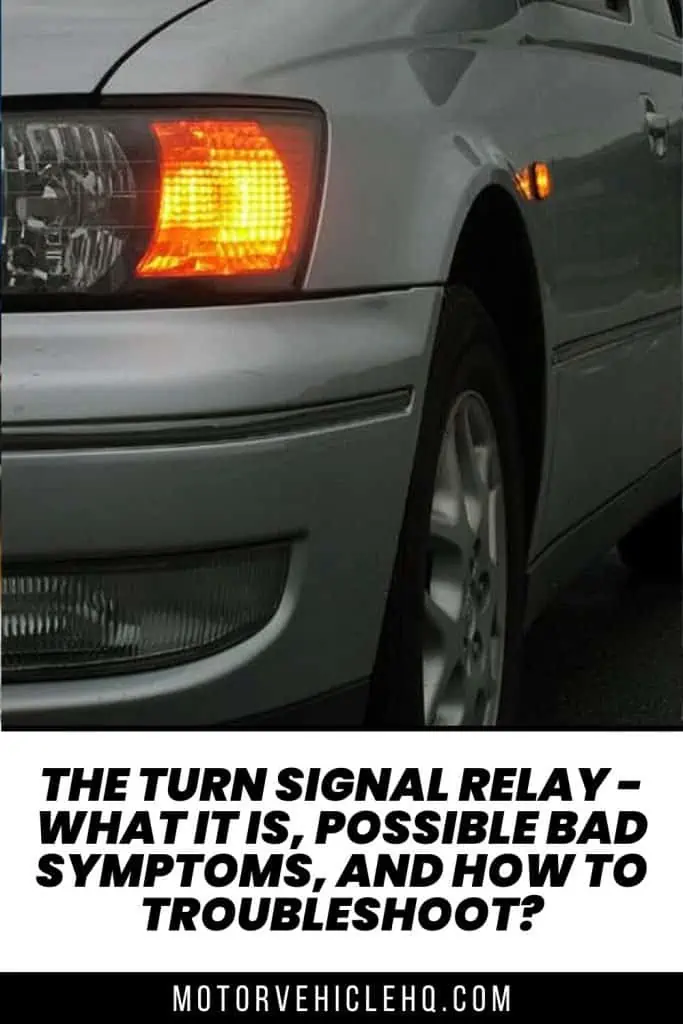
The blinking turn signal on motor vehicles by Scheinwerfermann / CC BY-SA 3.0

Jim Wicks is the founder of MotorVehicleHQ. With over two decades of experience in the automotive industry and a degree in Automotive Technology, Jim is a certified car expert who has worked in various roles ranging from a mechanic, car dealership manager, to a racing car driver. He has owned more than 20 cars over the past 15 years. Ask him about any vehicle you see on the road and he can tell you the make, model and year. He loves the aesthetics of all things cars, and keeps his vehicles in pristine condition.
In his free time, Jim enjoys getting his hands dirty under the hood of a classic car or taking long drives along the country roads. His favorite car? A 1967 Shelby GT500, a true classic that, according to Jim, “represents the pure essence of American muscle.”
